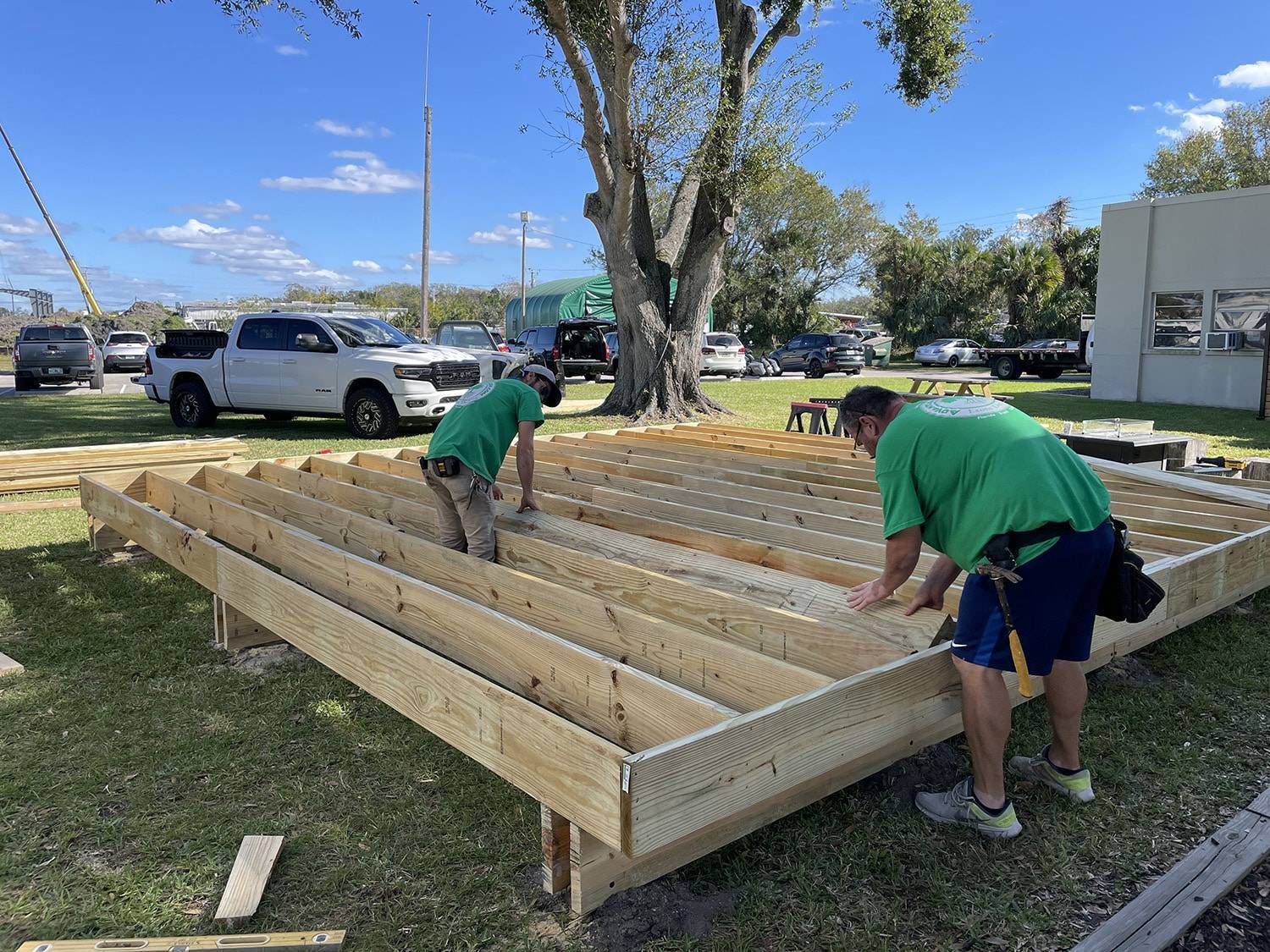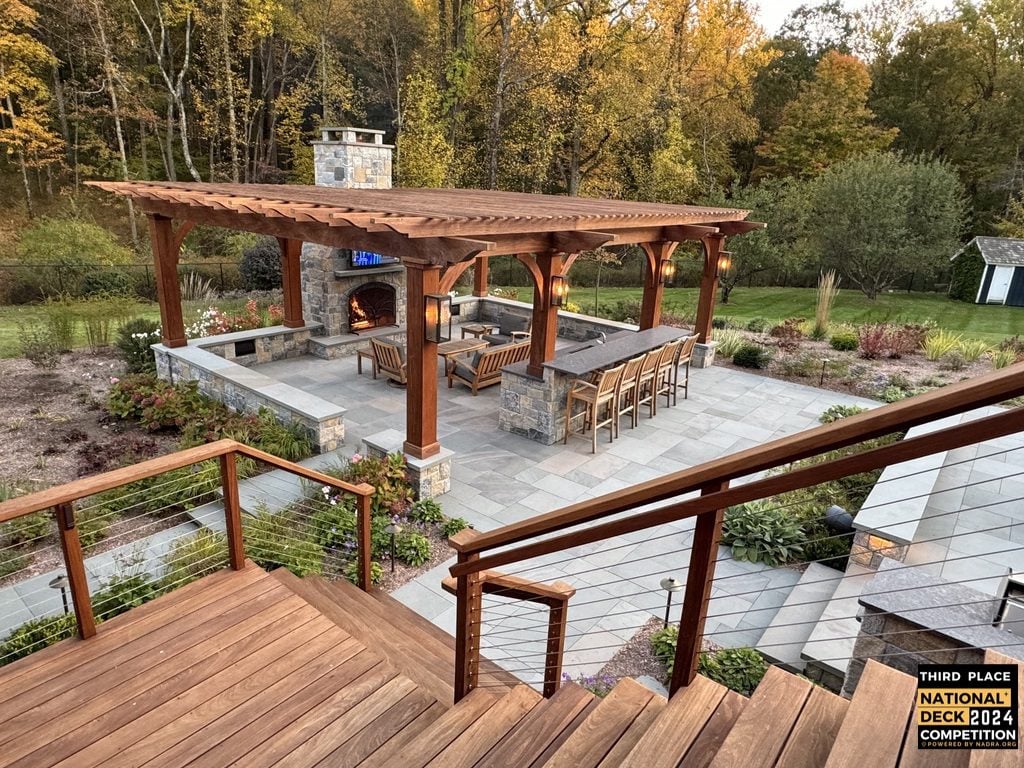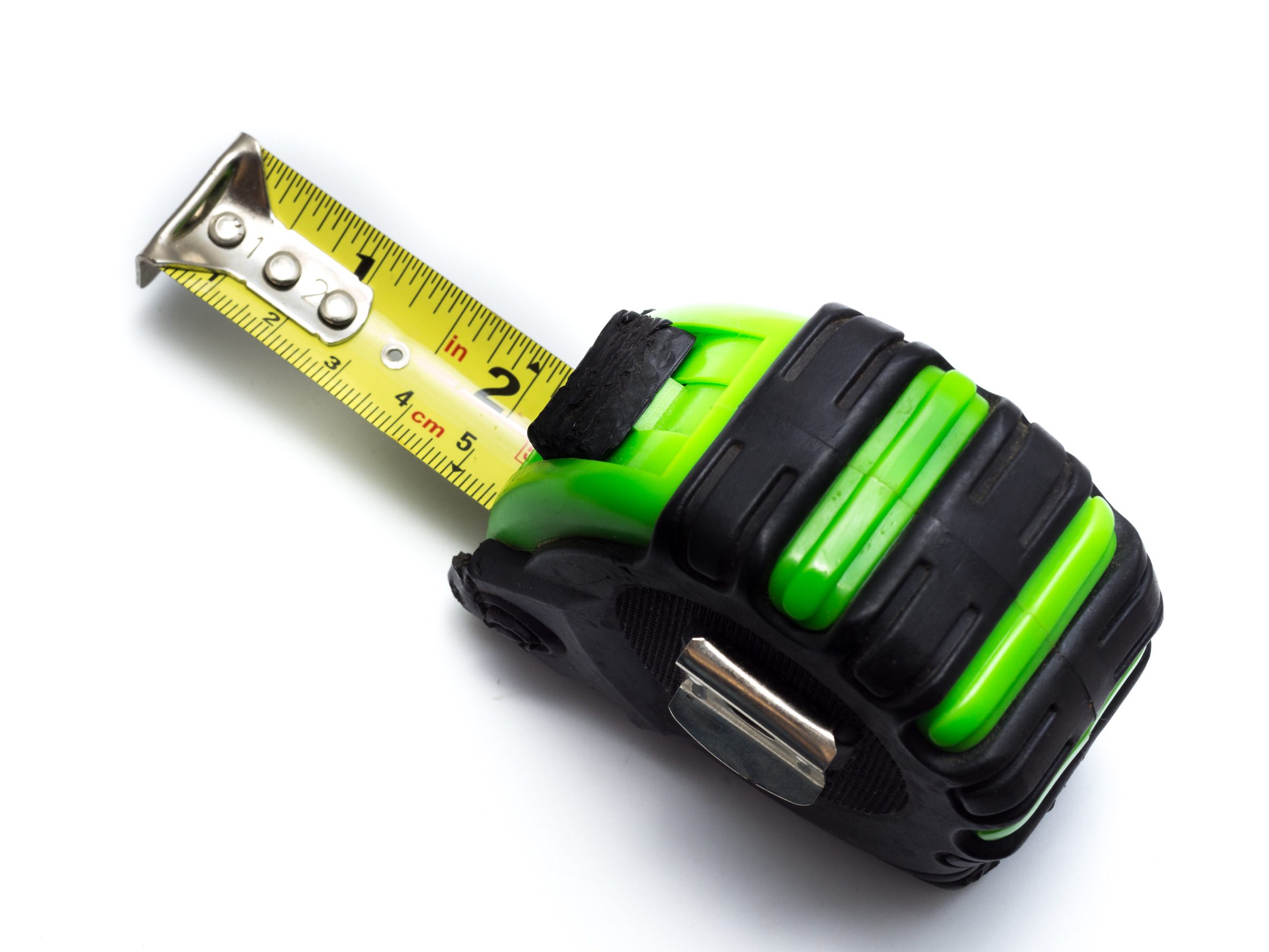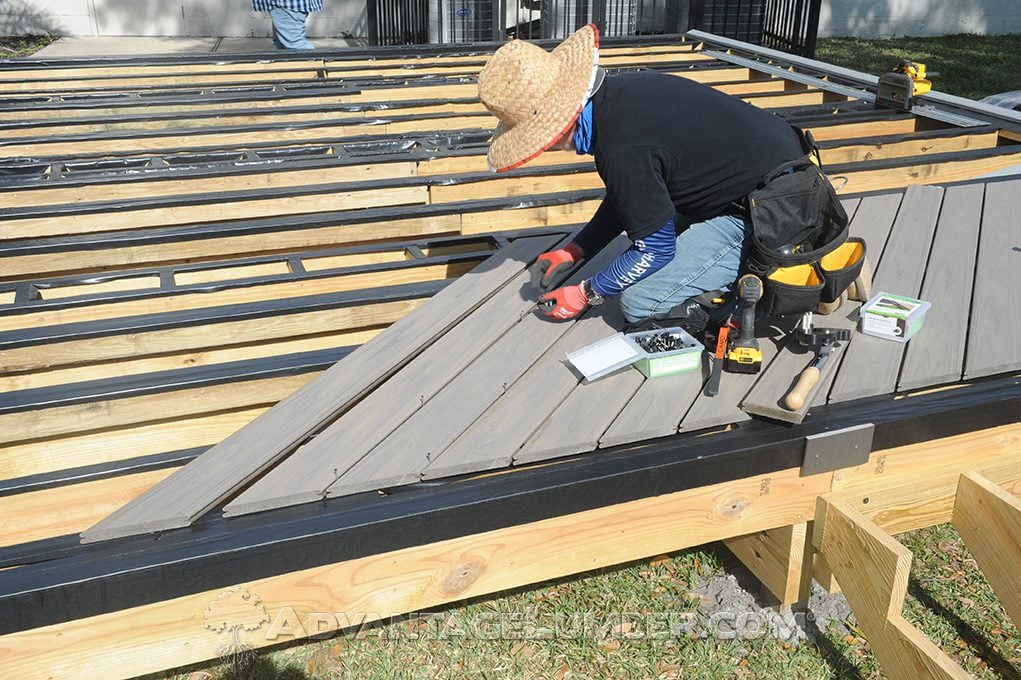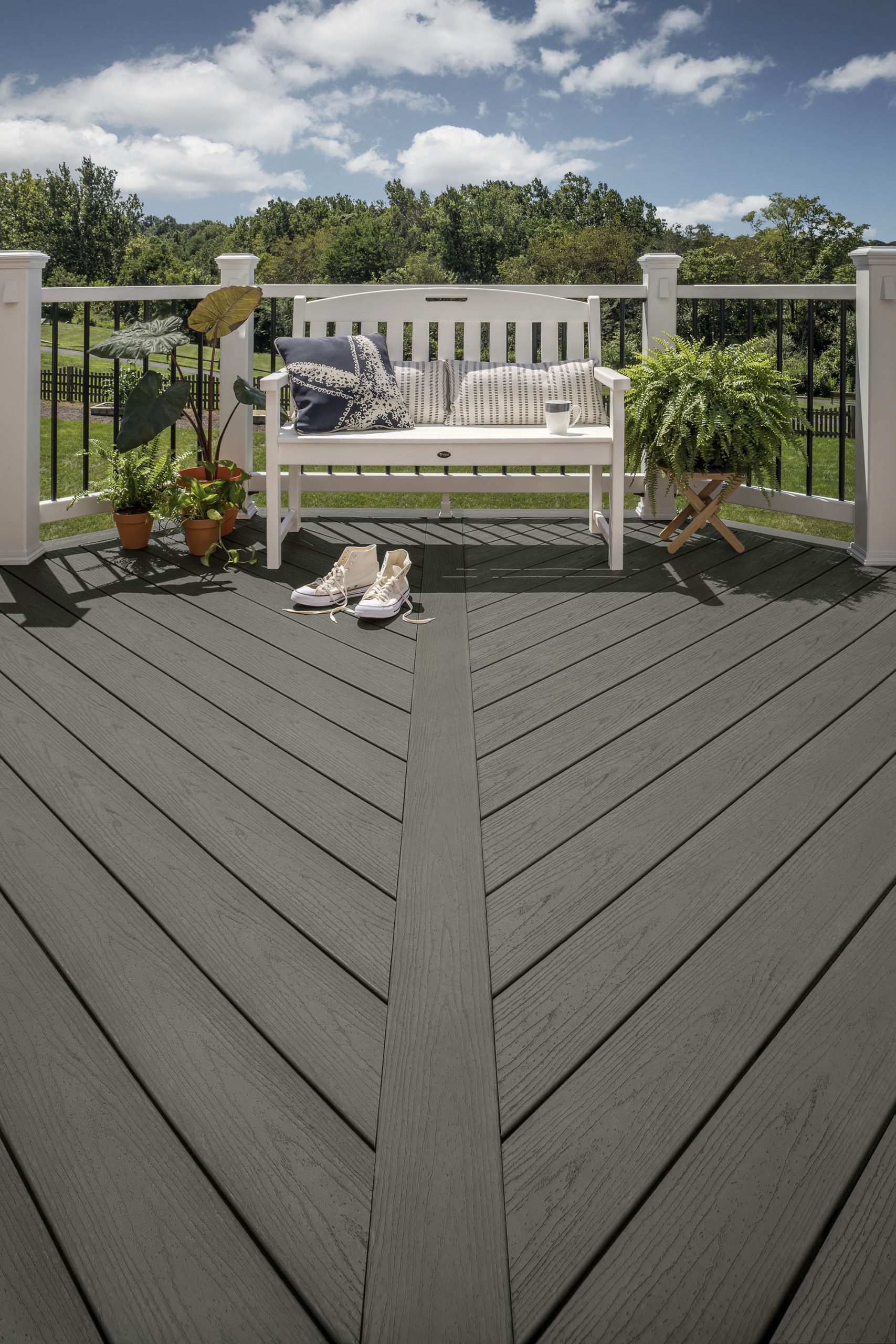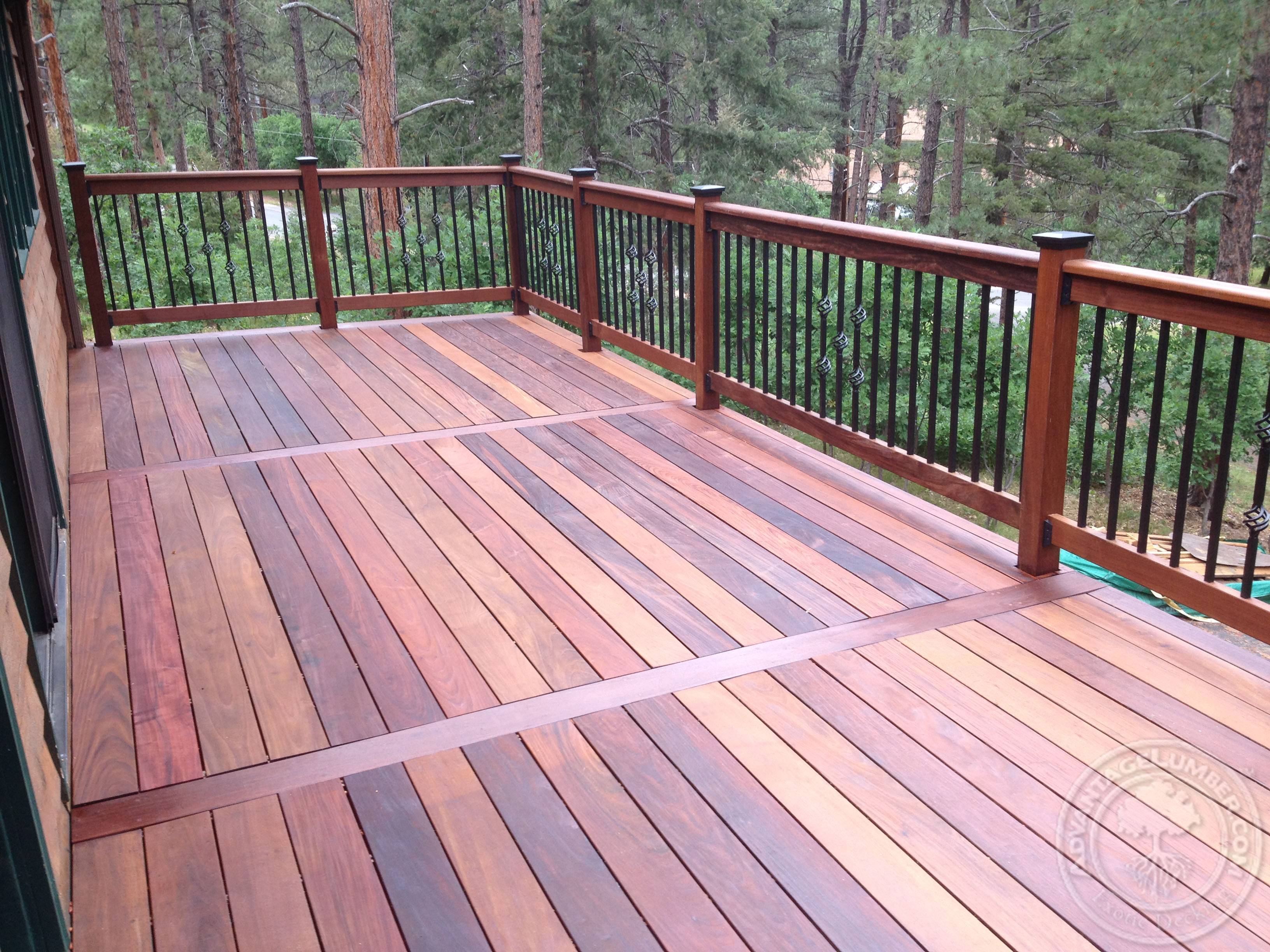Convert Square Feet to Linear Feet with this Calculator
When planning your new deck, accurate measurements are crucial to avoid delays, overspending, or shortages in materials. One of the most common questions DIYers and contractors alike ask is:“How do I convert square feet into linear feet to figure out how many deck boards I need?” In this post, we’ll walk you through how to …

